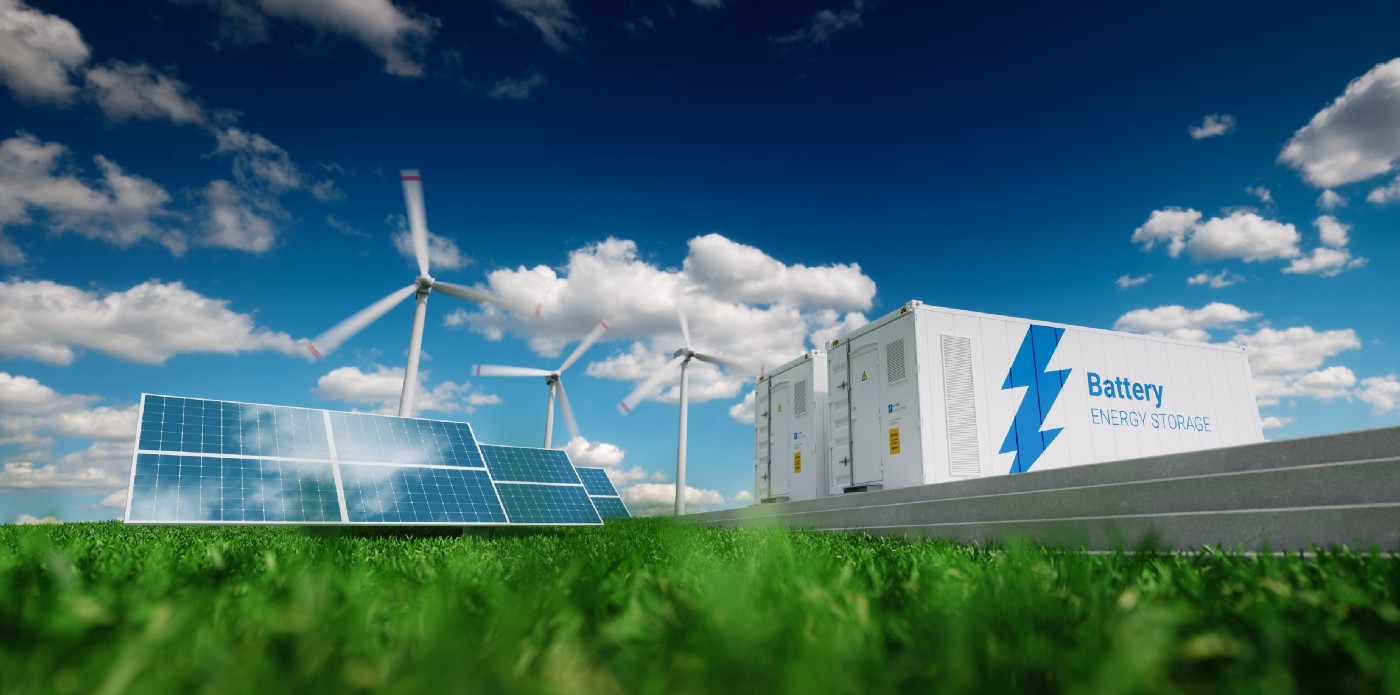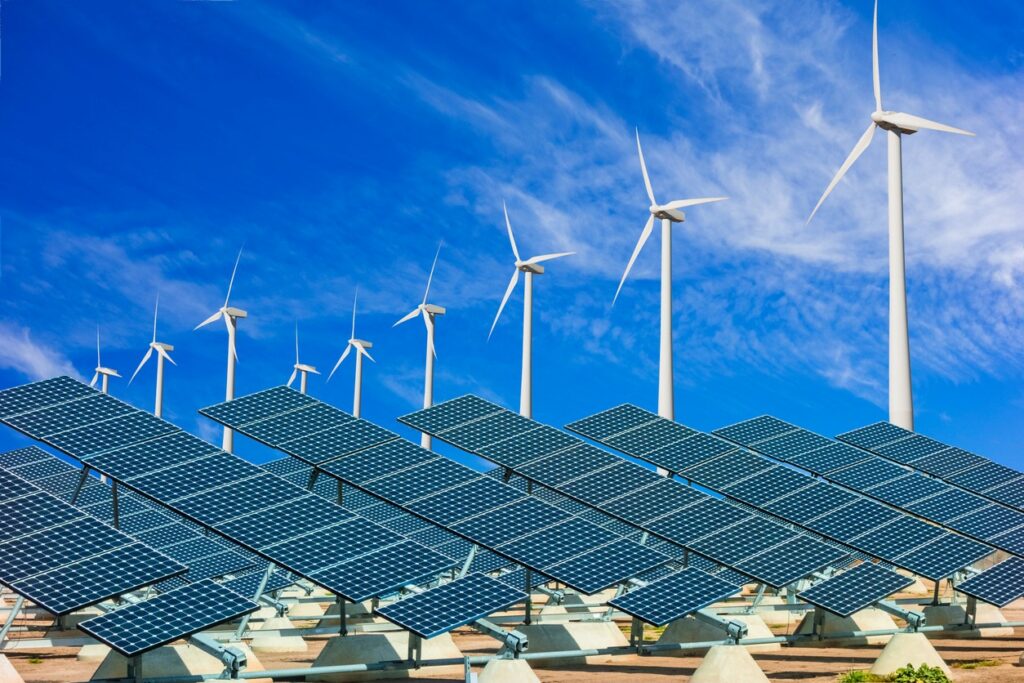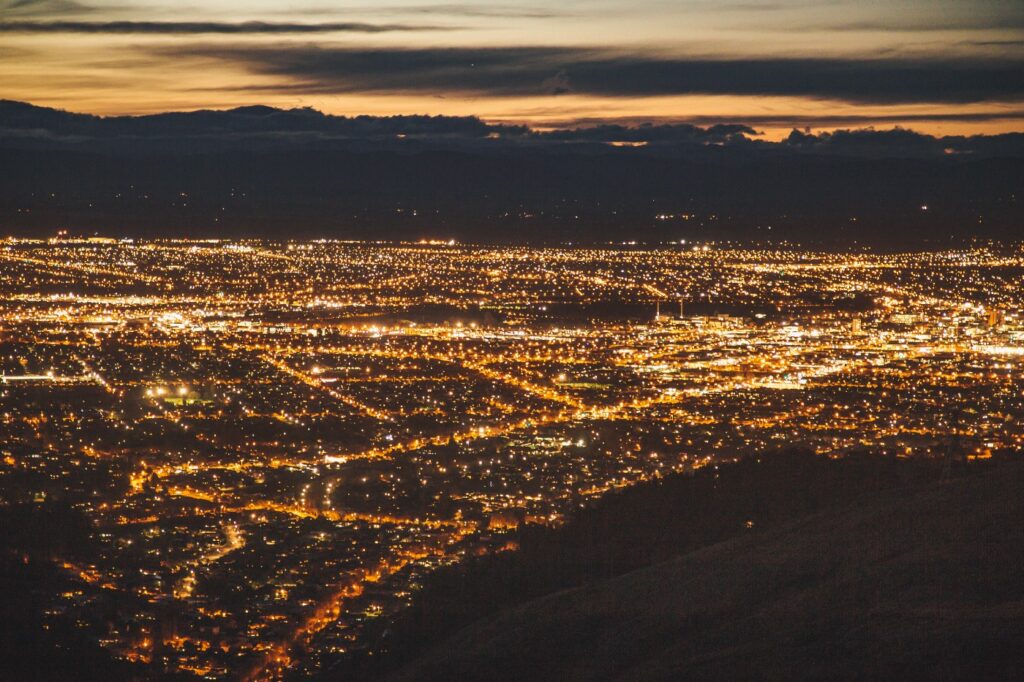by Nicola Phillips, Copywriter
The question of “how do you store it?” isn’t something that traditional energy producers have worried about.
Oil, coal, and gas are extractive industries — you can take as much of them from the Earth as the Earth has to offer, and then pipe, truck or ship them to wherever they get burned. Or build up stockpiles. For decades, we’ve been drilling the Earth into oblivion, stockpiling at will, with no plan for what to do when the fossil fuels run out.
With renewable sources of energy — most notably wind and solar — there’s no such thing as a stockpile. And wind and solar can’t be shipped by pipe or truck. If it’s 2 pm on a Monday and cities are whirring with activity but the air is still or the sky is cloudy, there’s no way to extract wind or solar power to meet that demand. On the flip side, if the wind blows through the night but no one is awake to use the energy, that power gets wasted. Renewable energy is intermittent, subject to the variable tune of Mother Nature.
This presents two linked but ultimately unique problems: when your grid relies on renewables, sometimes there is not enough energy production, and sometimes there is too much.
One solution is batteries.
Batteries that can store energy on a large scale function much like your household variety: they get charged up and can be discharged on demand to produce electricity. A huge advantage of batteries is their versatility — it’s not necessary to choose how you’re going to use them before you make the initial investment.
But batteries are expensive and energy-inefficient. They have short lifespans. And, once depleted, they are difficult to dispose of responsibly. Perhaps most importantly, as it relates to immediate solutions to our energy crisis, the supply chain needed to deploy batteries on a global scale doesn’t exist right now.
In the absence of mass-scaling batteries, we need something that functions like a battery, that can capture energy, hold it, and discharge it. We need a solution that captures the full lifecycle of an energy source — from generation to deployment — without squandering energy in the process.
A viable alternative to batteries does exist and has been implemented widely.
Pumped Storage Hydropower, or PSH, is perhaps the great unsung hero of energy storage. The first known facilities date back to the late 1800s. Today, PSH accounts for about 95% of renewable energy storage in the U.S.
The process utilizes stratified reservoirs. During periods of high demand, water held in upper reservoirs flows down (because of gravity), passing through turbines that generate electricity as the water moves to lower reservoirs. The water then remains in the lower reservoir until demand lowers, at which point it is pumped back to the upper reservoir to start the process all over again.
(This video from the Department of Energy provides a helpful visual of the process.)
PSH, using these stratified reservoirs, is able to capture energy, often where it is being generated, hold it, and release it on demand. PSH, it has long been said, is like a giant battery. But PSH is capital-intensive and requires the right topography, both of which are limiting factors.

Energy storage is a vital component of transitioning to a renewable energy future.
There is a term in the renewable energy sector, Dunkelflaute, which is used to describe the periods when the wind doesn’t blow or the sun doesn’t shine. These dark periods can be catastrophic. There is also a term for the flip side, curtailment, when there is an abundance of wind or sun but no practical way to store the energy that they generate. These periods are not life-threatening in the short run, but they represent a huge wasted opportunity.
Curtailment falls into one of two categories — systemwide curtailment or local curtailment. Systemwide curtailment refers to generally greater supply than demand across the grid. Local curtailment happens when there is congestion on a section of wires in the grid, preventing electricity from being safely delivered to places where there is the most demand. Practically speaking, curtailed energy, whatever its causes, is excess energy — or, more acutely, wasted energy.
At Soluna, we aren’t focused on storing energy in a new way. We work instead in those congested areas, where too much energy is being produced and there’s no good way to transport it or store it. We build modular data centers that perform batchable, flexible computing. We can strategically place our data centers in spots where congestion on the grid is an issue. We co-locate these data centers with renewable energy plants, and when the wind blows through the night but no one is awake to use the energy, our data centers eat it up. Our facilities have the ability to absorb the spikes in generation, smoothing out imbalances in the grid.
Because we operate facilities that perform batchable computing (think scientific research or crypto mining, not Netflix streaming), we can pause and resume operations as needed, ramping down production when demand on the grid is high, and ramping back up when demand is low.
Energy storage — whether in the form of batteries or PSH or something else entirely — provides insurance against those dark periods when supply is low (or nonexistent). That insurance is paramount; without it, we won’t be able to let go of our reliance on fossil fuels. But winning the battle to free ourselves from fossil fuels isn’t just about creating a viable alternative; we need to present a better solution.
That’s where Soluna comes in.
Energy, wasted or not, has literal monetary value. Last year, 14.9 TWh of renewable generation was curtailed in the U.S. — the equivalent of $610 million in lost revenue, enough energy to power 1.3 million homes for a year. Solving the issue of curtailment is about simple economics. Economics that will be critical in making the case — to energy producers, investors, and society-at-large — that renewable energy is a better solution.
Advances in energy storage technology may be the solution to Dunkelflaute. But if we don’t solve curtailment, we will still lose the battle against fossil fuels.
Flexible computing has the potential to solve the issue of curtailment, and with it free us from fossil fuels.




